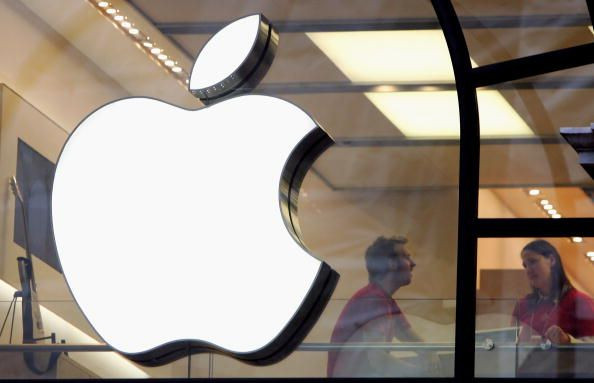How to Spot Fake Apple Chargers That Could 'Cost You Your Home or Even Your Life'

Chargers that are not made for Apple devices are not safe, investigators warn consumers.
The Chartered Trading Standards Institute (CTSI), a UK a non-profit that represents trading standards professionals, says the majority of counterfeit chargers are dangerous the BBC reported Friday.
CTSI tested 400 fake chargers for Apple devices and found only three of them had enough insulation to protect against electric shocks. The rest failed a basic safety test.
“Only buy second-hand electrical goods that have been tested and only buy online electrical goods from trusted suppliers,” said CTSI Chief Executive Leon Livermore. “It might cost a few pounds more but counterfeit and second-hand goods are an unknown entity that could cost you your home or even your life, or the life of a loved-one.”
Another operation targeted local charity shops, antique dealers and secondhand shops and found 15 percent of 3,019 used electrical goods were non-compliant with UK standards.
The operations were conducted by UL, a global independent safety science company. UL applied a high voltage to the chargers bought in eight different countries, including the US, Canada, Colombia, China, Thailand and Australia.
“Criminals across the globe are using online platforms to lure you in with cheap deals for fake items, many of which are dangerous and have been known to overheat and cause house fires,” said Toby Harris, chair of Trading Standards.
How to Keep Yourself Safe
The CTSI recommends that people safeguard their family and home from the threatening chargers by using only genuine charger made and licenced for use with device. Overcharging your phone or tablet is also a bad idea. Going to sleep while your device is plugged to the charger and putting in under a pillow or in contact with bedding could lead to fires. Lastly, CTSI recommends that people never use a damaged charger with a cracked case, or worn out cable or a charger that is not working properly.
How to Spot Dangerous Chargers:
CTSI recommends people look out for counterfeit adaptors by looking at:
1. Plug pins
Make sure there is at least 9.5 mm between the edge of the pins and the edge of the charger (9.5 mm is about the width of a ballpoint pen). If the distance is less than 9.5 mm there is a risk of electric shock when plugging in and unplugging the charger from a socket.
Plug the charger into a socket but don’t switch it on or connect it to your appliance. If if doesn’t fit properly then the pins might be the wrong size or length. This could lead to overheating, arcing and mechanical damage in both the socket and the charger.
2. Markings
Check for a manufacturers' brand name or logo, model and batch number. Also check for a CE safety mark. However, consumers should be aware that it can be easily forged.
3. Warnings and Instructions
Chargers’ instructions should include information on conditions and limitations of use, how to operate the charger safely, basic electrical safety guidance and details of how to safely dispose of the charger when it is no longer required.
© Copyright IBTimes 2025. All rights reserved.




















